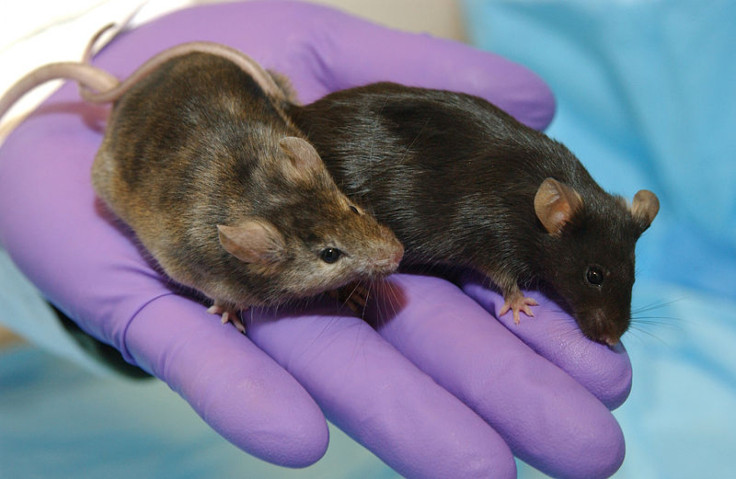US Drops Toxic Mice Over Guam To Kill Invasive Snakes

The brown tree snake, an invasive species that has overrun the U.S. Pacific territory of Guam, is in for a nasty treat. On Sunday, U.S. helicopters dropped 2,000 dead mice laced with a substance toxic to snakes into the forest around Anderson Air Force Base.
Why? According to the NBC News, the small Pacific island is swarming with nearly 2 million brown tree snakes, which arrived on cargo ships in the 1950s, and the residents want them off the island.
The snakes actually don’t pose a threat to humans. In fact, their bite is no more harmful to an adult than a bee sting, Phys.org reported. But they do reportedly cause very expensive power outages on the island when they twist their way into electric substations. Just 80 of these snake sabotages a year can cost as much as $4 million in repairs, NBC News reported. Enter the toxic mice.
"Every time there is a technique that is tested and shows promise, we jump on that bandwagon and promote it and help out and facilitate its implementation," Tino Aguon, chief of the U.S. Agriculture Department's wildlife resources office for Guam, told a local NBC station. The total project, including research and implementation, cost the Department of the Interior and the Department of Defense about $8 million.
The mice airdropped over Guam were affixed to parachutes made of cardboard and tissue paper and were dropped in a time sequence from low-flying helicopters, according to Yahoo News. The parachutes ended up in the forest canopy, dangling the dead mice in front of the snakes like apples on a tree. The mice were laced with 80 milligrams of acetaminophen – that is, Tylenol – which is toxic to snakes.
So what if another, non-invasive species gets a hold of one of the poisonous mice? According to Dan Vice, a biologist with the U.S. Department of Agriculture wildlife services, the chances of another animal being harmed are slim.
"The risk to nontargets is slight," Wildlife Services biologist Dan Vice told Pacific Daily News. "It would take 500 baits to kill a pig (or dog and) 15 baits to kill a cat."
Vice added: "If it proves to be successful, then we may potentially start ramping up the efforts and doing this on a larger basis across more of Guam.”
© Copyright IBTimes 2024. All rights reserved.












